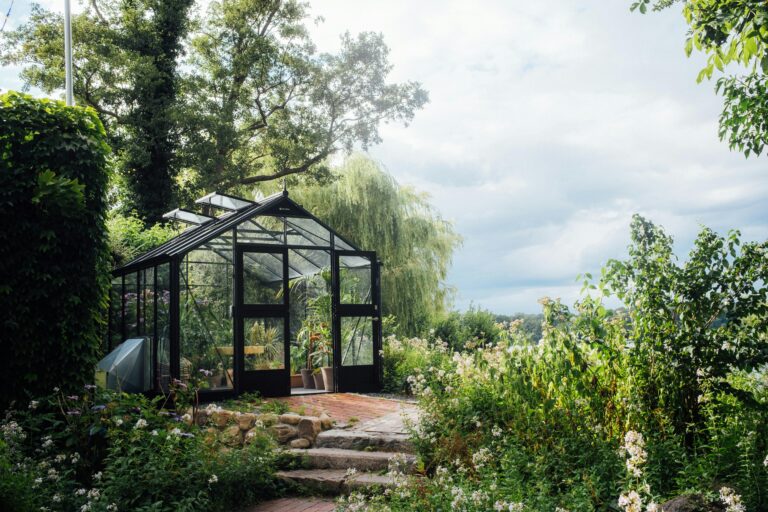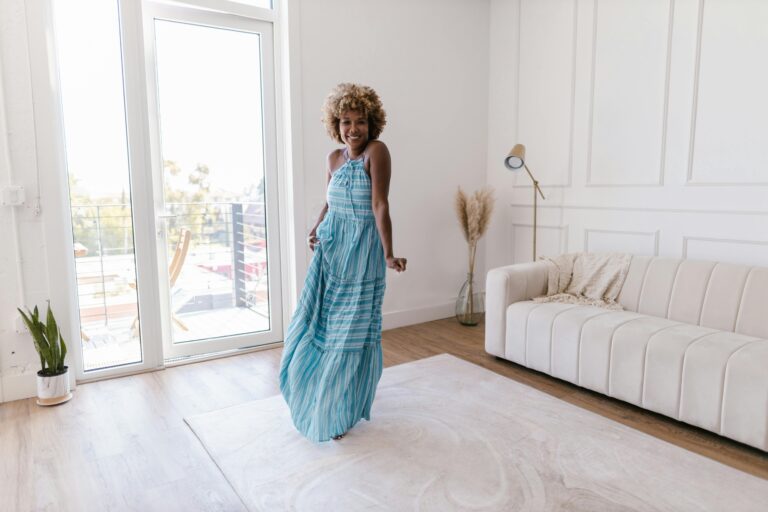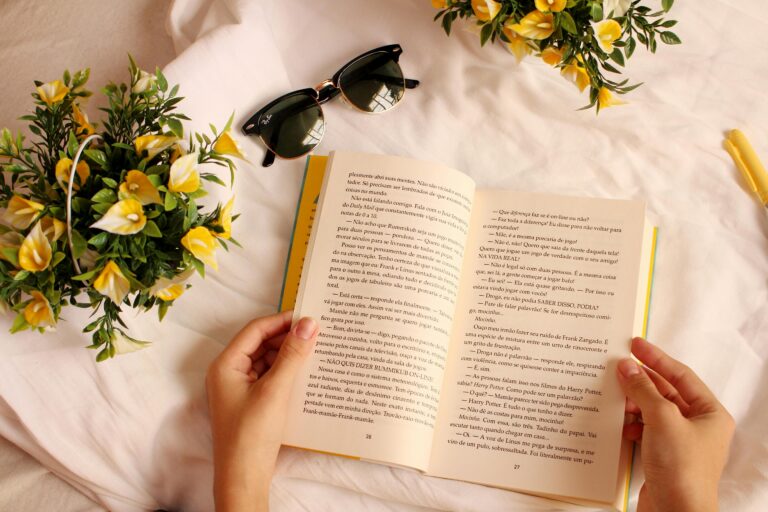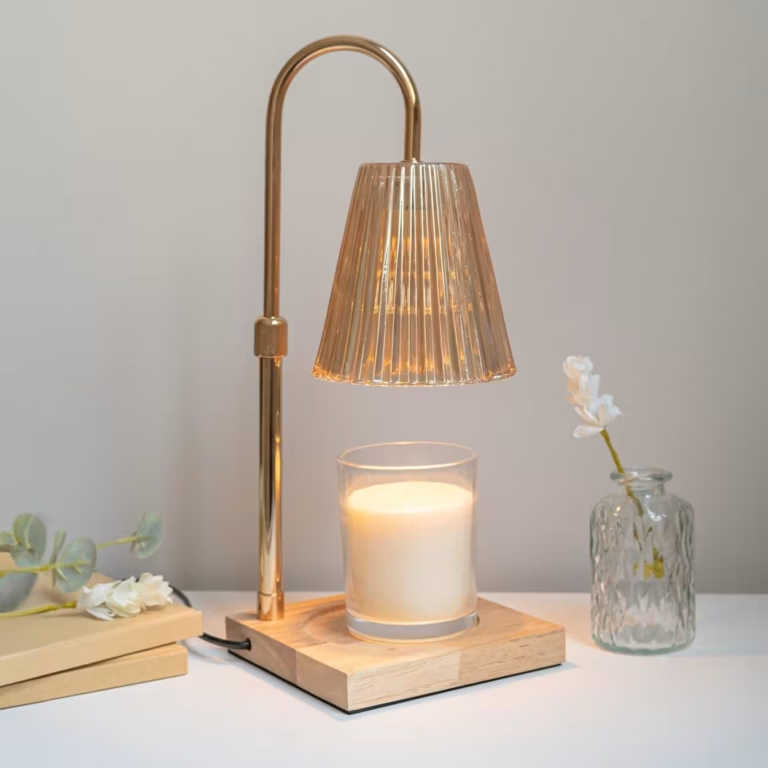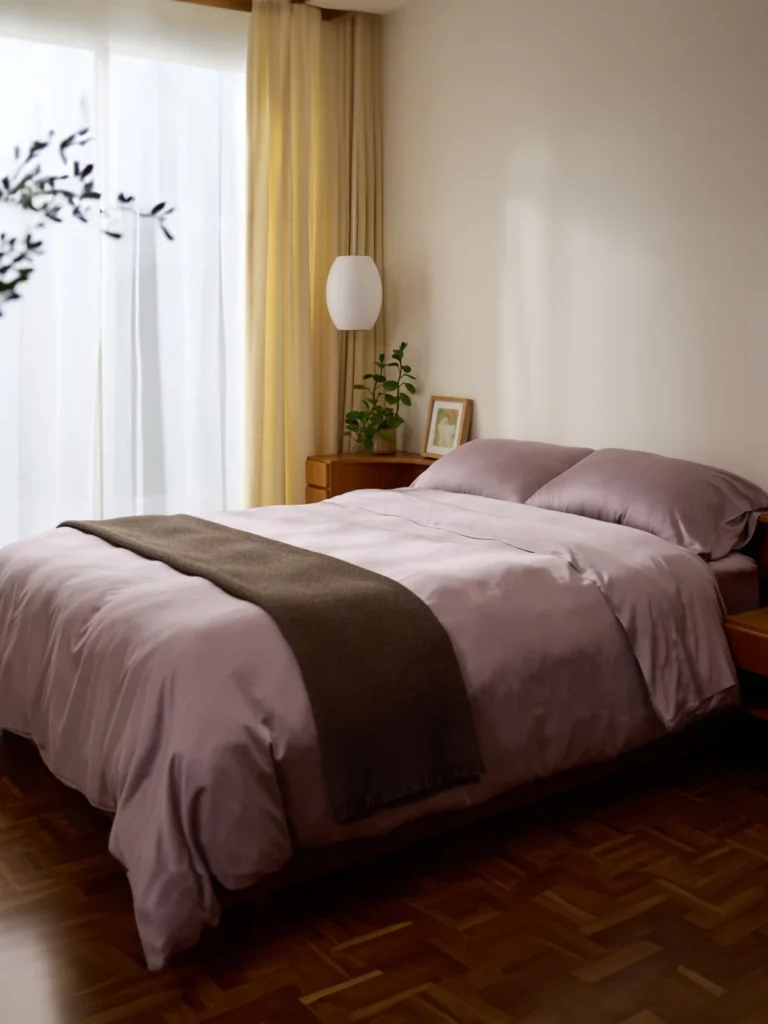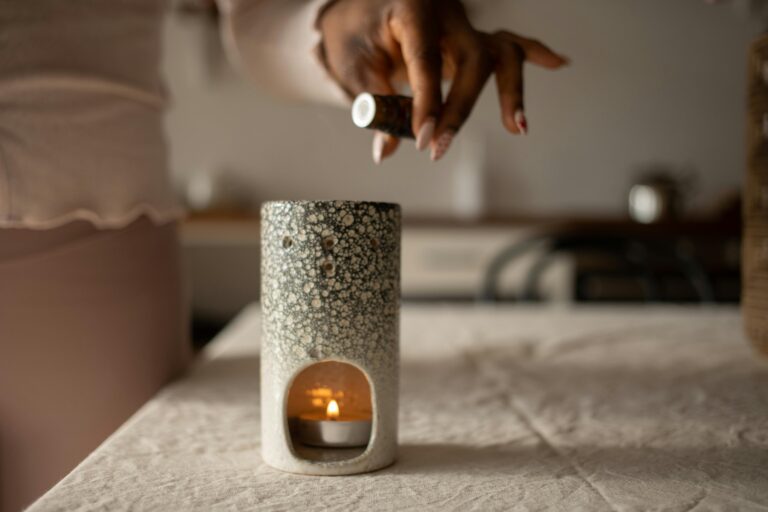How to Create a Calm Home: A Room-by-Room Guide
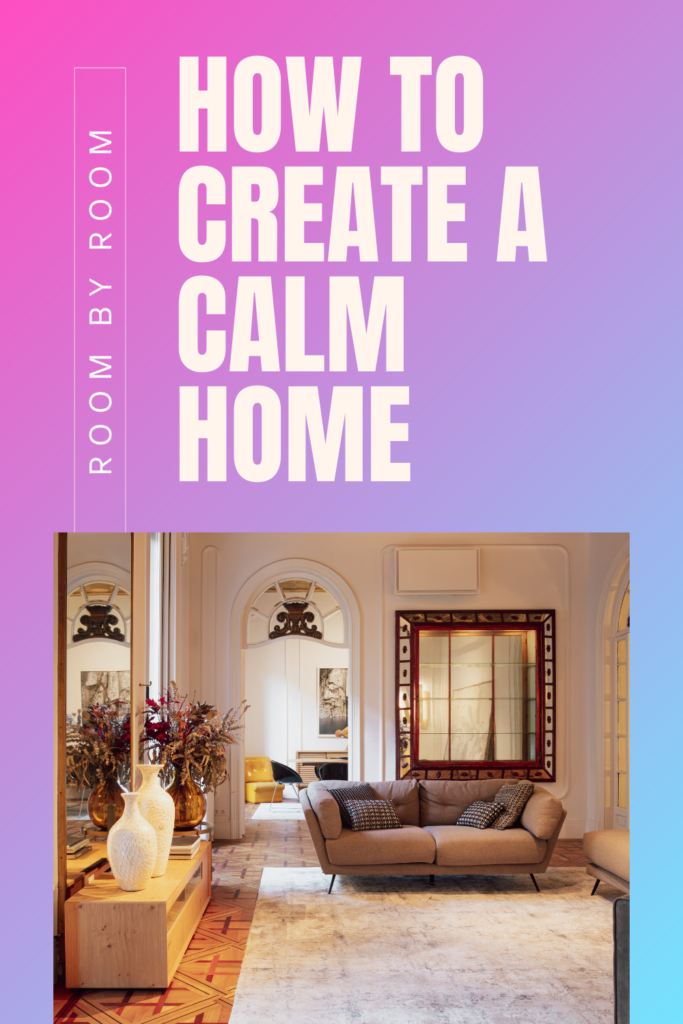
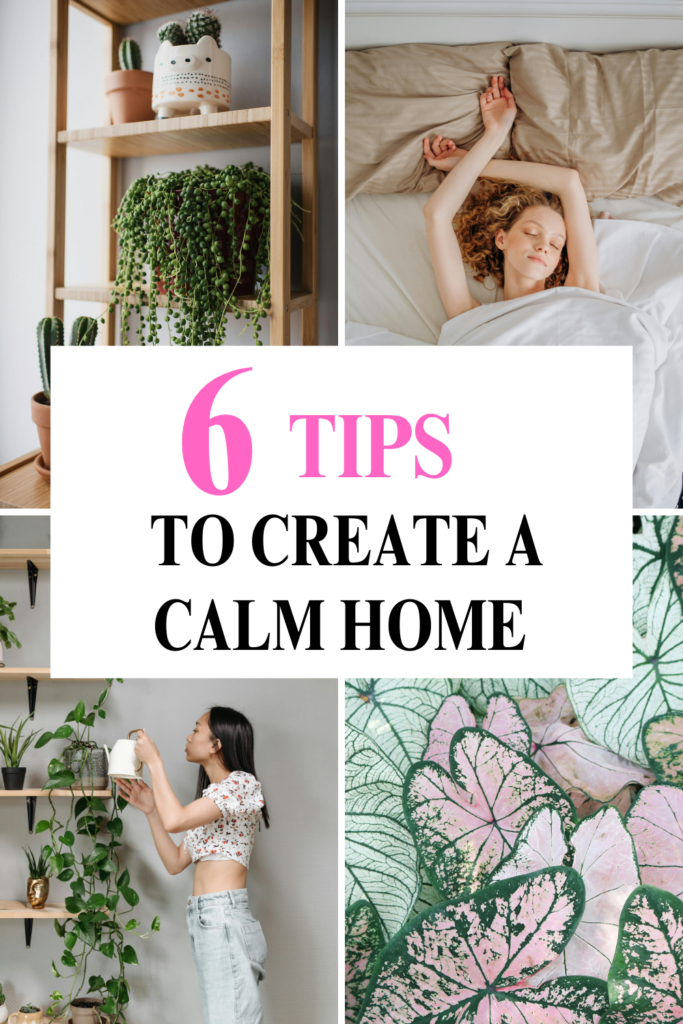
This site contains affiliate links, view the disclosure for more information.
How do you create a calm home?
Did you know that 84% of adults feel more stressed at home now than they did five years ago? That’s according to a 2023 study by the American Psychological Association. In this guide, we’ll take you on a journey through every room, your home should be your refuge—a place to unwind, recharge, and find solace but ometimes it feels more chaotic than calming.
In this post you’ll find ideas and suggestions for each roomof your home.
1. Understanding the Psychology of Calm Home’s Spaces
Your surroundings don’t just influence your mood—they shape it. Science has shown that clutter spikes cortisol levels, while an organized, well-thought-out space can bring mental clarity and reduce anxiety.
Take clutter, for example: Studies reveal that messy spaces increase cognitive load, making it harder to focus:
Start small—15 minutes a day to tidy up surfaces can make a world of difference and while doing so you can think about the objects you have and if which of them are actually necessary and worth keeping.
But a calming space isn’t just about tidiness, Ii’s about atmosphere.
Imagine this: sunlight pouring in through sheer curtains, walls painted in soft blues or warm neutrals, the gentle rustle of indoor plants in the breeze. Add in sound-absorbing rugs and the soft hum of a white noise machine, and suddenly, your home becomes an oasis.
Biophilic design—a fancy term for integrating nature into your home—can work wonders. Think wooden furniture, stone accents, or even a simple bouquet of fresh flowers.
2. Room-by-Room Strategies for a Peaceful Home
LIVING ROOM

A Center of Serenity
Your living room is the heart of your home—a place to relax, entertain, and connect. Arrange your furniture to encourage conversation and ensure clear pathways. But this is crucial to simplify your home, and your life: letting go of excess clutter that doesn’t serve a purpose or bring you joy.
When you have too much stuff, inevitably, you end up investing your time and energy into tidying, organizing and sometimes stressing out —especially when time is limited. By reducing clutter, you can lower stress and cultivate a calmer, more serene home environment.
Research has also shown that clutter can lead to distractions, difficulty focusing, and increased stress levels. Over time, we may even develop “clutter blindness,” becoming so accustomed to the mess that we no longer notice its presence.
Storage is key here. Hidden compartments in furniture can declutter your space while maintaining aesthetics. Limit decorations to meaningful items—think heirlooms, art that sparks joy, or functional yet beautiful pieces.
Pro tip: Place your seating so it has a clear view of the entrance, but make sure a solid wall supports your back for that extra sense of security.
Want to take it up a notch? Use rugs or furniture to define activity zones—one for reading, another for conversation. Manage electronics with cord organizers and declare “no-device” hours for a tech-free sanctuary.
KITCHEN

Simplifying Your Cooking Haven
The kitchen can be a hub of chaos—or a haven of efficiency. To keep the stress at bay, design your workflow using the kitchen triangle: stove, sink, and fridge within easy reach.
Declutter your pantry with clear containers and labels. Organize cabinets by function—spices here, cookware there. And for those hard-to-reach corners? Lazy Susans are your new best friend.
Surfaces matter too. Opt for matte finishes to minimize glare, and embrace natural materials like wood or stone for a timeless, calming aesthetic. Soft-close drawers? Absolutely—because tranquility should include silence.
BEDROOM

Crafting a Sleep Sanctuary
Your bedroom should be a cocoon of comfort. Start with bed placement: against a solid wall, not directly aligned with the door, and with enough space on both sides to ensure energy flows freely. And don’t forget plants! Research shows that certain plants can improve air quality, reduce stress, and create an environment conducive to better sleep.
- Textiles make all the difference. Choose soft, breathable fabrics and layer them for texture. Weighted blankets, in serene shades of blue or green, can enhance relaxation. Take in considersation to upgrade to breathable, high-quality bedding made from natural materials like cotton, linen and wool.
- Lighting is another game-changer. Use ambient, task, and accent lighting, all on dimmers. A sunrise alarm clock can gently wake you, maintaining your circadian rhythm without the jarring buzz of your phone.
- The color palettes. creating a bedroom environment conducive to better sleep involves a thoughtful balance of aesthetic appeal, structural design, and functional furniture placement.
Begin by choosing soothing color palettes like soft blues, greens, or neutral tones, as these are known to promote relaxation.
Many factors can contribute to insomnia and restless nights, remember that your sleep comfort is heavily influenced by your mattress. If your mattress is more than 8 years old, it may be time to replace it to improve your sleep quality.
BATHROOM

Your Personal Spa
Transform your bathroom into a spa-like escape with small yet impactful changes. Install a rainfall showerhead and add a bundle of eucalyptus for a natural aromatherapy boost.
Materials like natural stone and wood can evoke a sense of calm, while frosted glass ensures privacy without sacrificing light. Keep countertops clear by using drawer dividers and a daily-use system for toiletries.
Introduce plants that thrive in humidity, such as orchids or ferns, and consider a small water feature for ambient sound. Suddenly, your bathroom isn’t just functional—it’s therapeutic.
HOME OFFICE

Productivity Meets Peace
With remote work on the rise, a calm and organized home office is essential.
Position your desk near natural light but avoid glare. Add a quality chair and ensure your screen is at eye level to prevent strain.
Keep cables out of sight with organizers and clips. Introduce calming elements like a small plant or desktop fountain, and define the workspace with soothing colors like sage green or soft gray.
Physical dividers can help separate work from life—essential for maintaining balance. And don’t forget the power of scent: a subtle lavender diffuser can work wonders.
OUTDOOR SPACES

Expanding Your Sanctuary
A calm home is also shaped in the exterior spaces. Your outdoor areas should feel like an extension of your indoor haven. Use natural screens—bamboo, climbing vines—for privacy, and divide the space into zones for dining, meditation, or gardening.
Incorporate sensory elements: lavender for fragrance, ornamental grasses for movement, and water features for soothing soundscapes. Low-maintenance plants and automated irrigation can keep things serene without adding stress.
Your home has the potential to be your greatest source of peace and comfort. Creating a calm home requires time and a step by step approach.
By embracing these room-by-room strategies, you can create a space that doesn’t just look calm—it feels calm. Start small, and let the transformation unfold. You deserve a sanctuary, and with a little intention, it’s entirely within reach.
JOIN our
NEWSLETTER
Stay in the loop!
Sign up for the latest news, collections, and product drops.
RELATED POSTS
